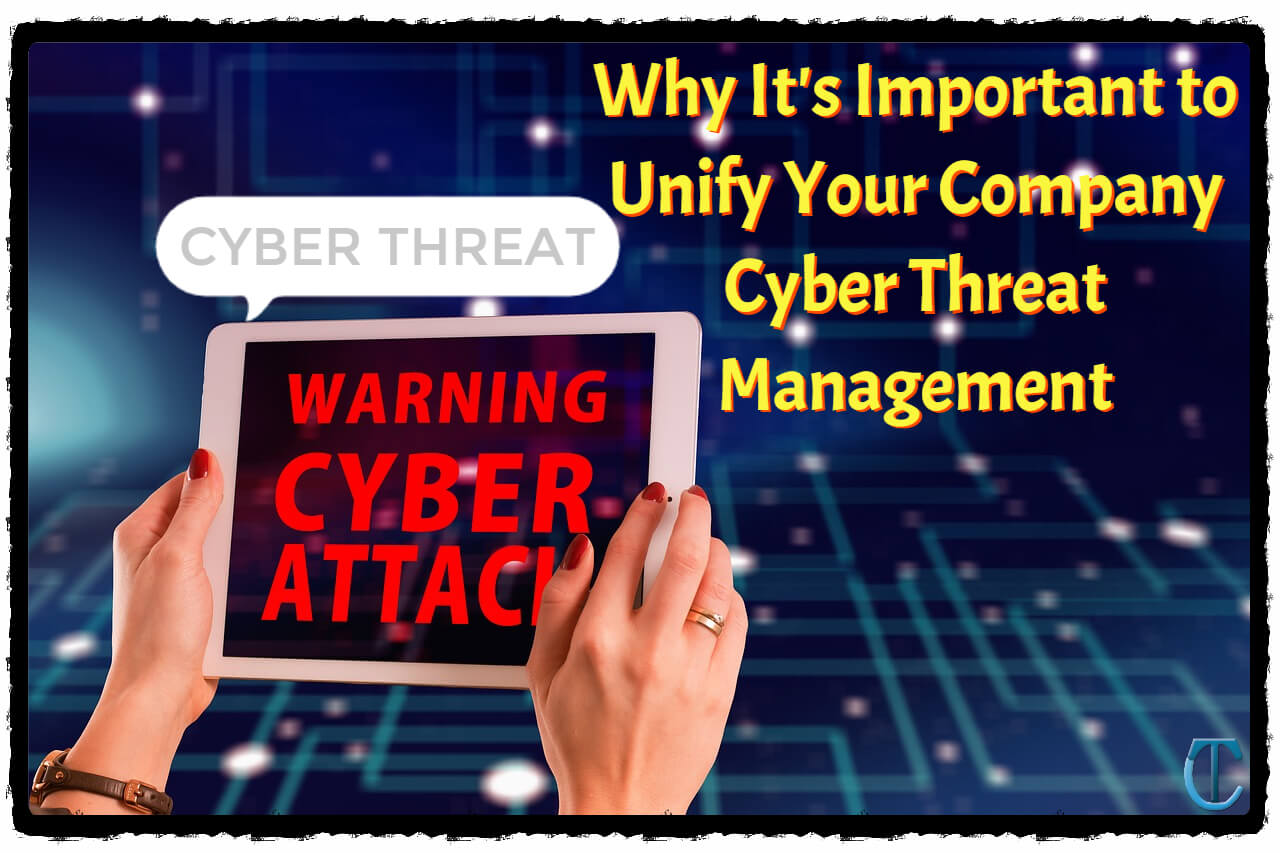Introduction
The cyber security landscape is changing at a rapid pace. The Internet of Things (IoT) is becoming more widely adopted, and the number of connected devices in both the private and public sectors has grown exponentially. Ultimately, this means that cyber-attacks will be more frequent, exposing organizations to greater risk but also offering opportunities for agile response.
Many organizations under-invest in cyber security. Even when they do invest, they don't take full advantage of the control they have over their own networks. So how can you capture the opportunity or protect against a breakdown? Here are four steps to get your company on the path to a more unified and effective cyber defense strategy.
Step 1: Receive Cyber Security Training from Your Information Technology Department
The first step is to understand the basics of cyber security and receive training from your IT department. Cyber security experts, such as SonicWall Online, know exactly what your organization can expect in terms of protection, but these same experts may not know how procedures are implemented within an organization or if your organization is actually following best practices.
Step 2: Understand the Difference between Cyber Insurance and Cyber Security
At this point, you may be wondering, "what exactly is cyber insurance?" What’s more, what's the difference between cyber insurance and cyber security?
The truth is that cyber insurance is a cover for potential losses resulting from exposure to cyber risks, while cyber security is a set of controls that an organization implements to reduce the possibility of harm. Ultimately, a company needs both. The more steps an organization takes to mitigate risk—and the more actively it monitors for threats—the less likely it will be impacted by a data breach, ransomware attack, or another digital disaster.
Step 3: Establish a Cyber Incident Response Plan
While organizations can implement many preventative and reactive controls, it's impossible to be 100% protected against all threats. That's why the third step to embracing cyber risk is to establish a response strategy that the entire organization can follow.
Three-tiered strategy:
- Plan A: This plan is designed to detect, respond, and recover from "low" risk cyber incidents. This includes hacking attempts as well as unexpected exposure of unstructured data like sensitive email communications or business documents. In addition, this plan covers natural disasters such as fires and floods that may affect IT systems and logistics processes.
- Plan B: This plan covers "medium" risk cyber incidents. This strategy is designed to detect, respond, and recover from the threat but not to protect critical data or to prevent the loss of sensitive information.
- Plan C: This plan covers "high" risk cyber incidents. This strategy is designed to detect and respond, with the ability to contain threats, protect critical systems and data, and prevent the loss of sensitive information.
Step 4: Establish a Continuous Cyber Defense Strategy (CCDS)
The last step to a successful cyber security program is creating a continuous cyber defense strategy that involves stakeholders from all levels of your business organization.
It all comes down to awareness. The best way of fighting cyber threats is always prevention, often in combination with a thorough response strategy. One thing is clear: companies that aren't aware of the risks they face are putting themselves at greater risk of damage or disruption from a cyber-attack. To prevent these losses, it is essential to be aware of the external threats and manage cybersecurity effectively within your organization.
There are many things that an organization can do to protect its assets, but without the appropriate knowledge and resources, any attempts at security will be too little too late.



Post A Comment:
0 comments: